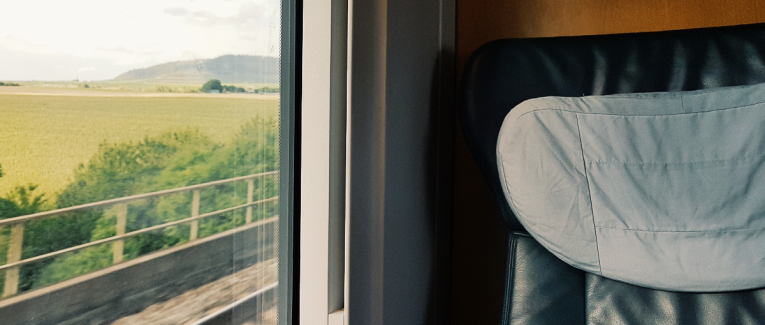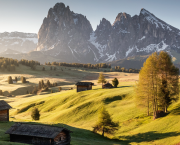
Where have the landscapes of literature gone?
 7 min
7 min
Where have the landscapes of literature gone?
On the train to my hometown, Szeged, I was struck by how much I love getting lost in the view. What better way to put order in my thoughts and review the tasks at hand than by gazing at the hills, the plains, the deer, sheep and horses grazing in the fields.
What a load of kitsch. But I have to admit that this is how landscapes have always worked for me, mirroring my own mood or a piece of myself back to me. Maybe that's why I get so quiet when I travel. It’s a rare opportunity to look inward.
Cities carry within them countless narratives: the sharp, unnatural angles and architectural styles demand concentration, interpretation. All this is undoubtedly captivating, especially if you’re a fan of architecture, like me. But my point is that the built environment tends to encourage a









 English
English
 Français
Français
 Deutsch
Deutsch
 Italiano
Italiano
 Español
Español



 Contribute
Contribute












 You can support your favorite writers
You can support your favorite writers





